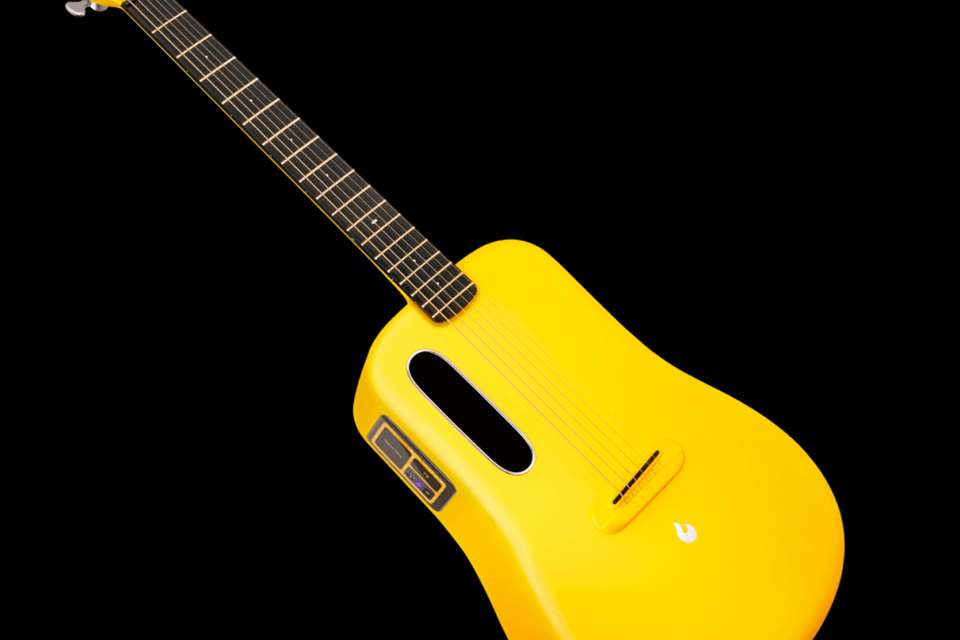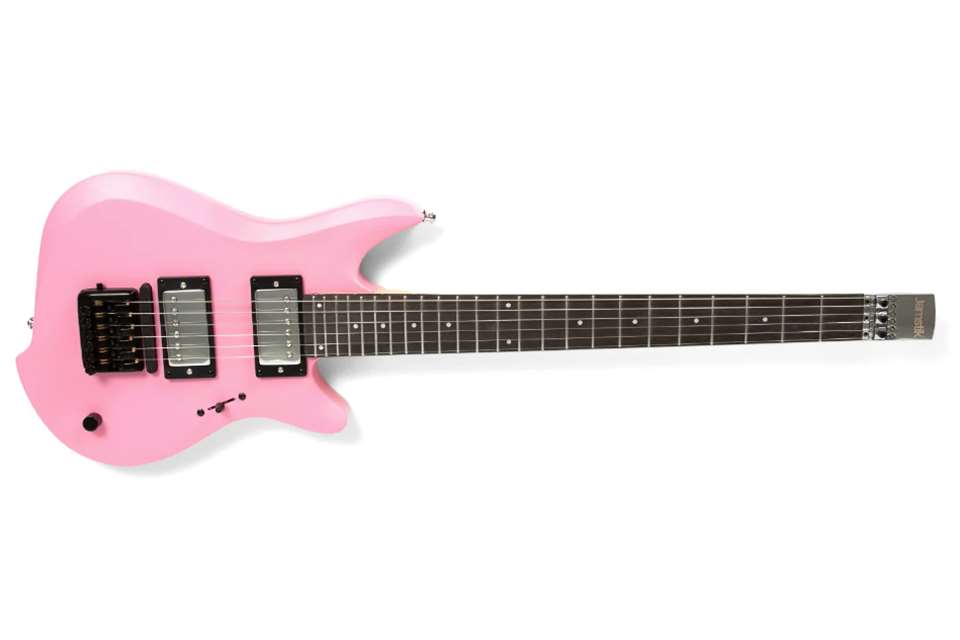Reviews: Mooer GTRS S800 guitar and F4 footswitch
Al Summers
Friday, March 1, 2024
Al Summers tries out Mooer's GTRS S800 guitar with optional F4 wireless footswitch.

Al Summers
Modelling, and similar ideas, are older than equipment availability. Many pioneers work alone. Famous among these is Les Paul and others, such as Dan Armstrong, who creatively explored mounting effects in or on guitars. Some of these (often belittled) ideas, such as rack units, have since been used profitably by large companies, proving the early inventors' belief that players may have an interest in such devices and opportunities to explore more sounds.
Line 6 was the first company to launch a modelling amplifier for the general user, and Variax guitars brought modelling into the guitar itself. Enter Mooer's GTRS S800.
Designed from the ground up, the GTRS is a guitar with a processor, taking advantage of Mooer's considerable digital sound-engineering experience. Pairing the guitar with the optional F4 wireless footswitch provides tone control for live or studio work, and practice or tuition situations. I've used Mooer and Fender modelling amplifiers for several years, also recommending them for schools with great results – the wireless footswitch is especially useful for tutors to control sounds. My familiarity with Mooer's excellent modelling amplifiers and footswitches makes this guitar seem like an old friend in new clothing.
The guitar emulates the time-honoured Fender Stratocaster design. With a comfortable Canadian roasted-maple neck and slick rosewood fretboard, the American basswood body houses two single coil alnico pickups plus a bridge humbucker. Volume, tone and switch controls function as per a regular passive guitar when the GTRS system is turned off. The build quality is very good.
A sticker warns against removal of the scratch guard, which is bad news for repairers, and makes pickup upgrades or pot replacement possibly risky.
The charging time for the guitar was five-and-a-half hours, and three-and-a-half for the footswitch, after which they can be used via a smart phone Bluetooth connection. The slim paper manual is useful, although a better translation to English would help. The app's menu allows access to a flexible drum machine, a metronome and a tuner – as good (or poor, depending upon your view of the usefulness of such devices) as any electronic tuner. There is also a chord dictionary and a variety of named preset sounds. A mixer, global EQ and global input gain control all work well. An app-savvy musician told me she found it ‘neat’ once connected.
Bluetooth connections tend to be erratic (as a fellow guitarist gigging with a Positive Grid Spark has found). To help mitigate this, the Mooer S800 can supply its four guitar-stored presets via the third control knob, which helpfully lights up, with different colours for each preset and tuner function. While other presets can be found and changed via the Bluetooth connection, the practicality of this during playing (as with the TONEX) may not suit all. In studio settings this is unlikely to be problematic, and a bank of four different sounds will suffice for many performance and tuition purposes.
- Mooer GTRS S800 guitar: £599.99
- Mooer F4 footswitch: £69.99







